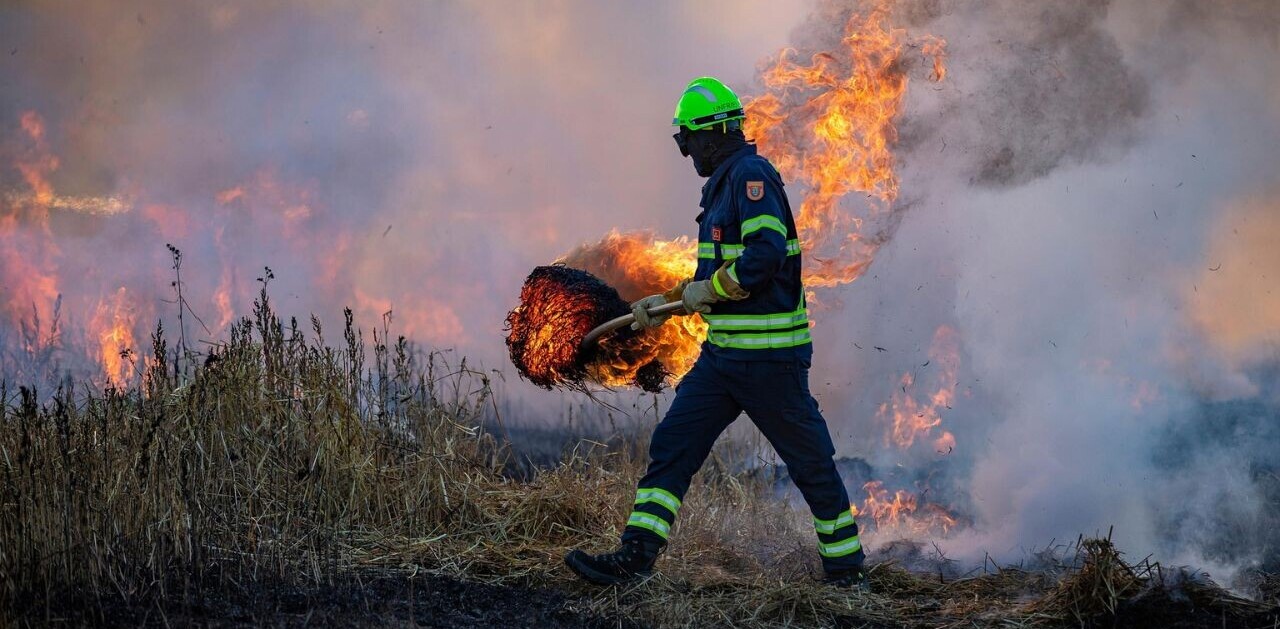Researchers are using AI to search satellite images for unexploded bombs dropped in Cambodia during the Vietnam War.
The system uses object recognition algorithms that detect the unique features of bomb craters, including their shapes, colors, textures, and sizes. These algorithms then scan satellite images for signals of the craters.
The Ohio State University team first used the system to find craters in a village in the province of Prey Veng, a heavily bombed area around 30 kilometers from the Vietnam border.
The model increased the bomb crater detection by more than 160 percent over standard objective recognition algorithms, according to a study published in the journal PLOS ONE.
[Read: UN will use AI to learn what people want from peace deals]
The researchers then combined the model with military records of bombs dropped in the area and demining reports on unexploded ordnance in the ground.
This led them to estimate that 44% to 50% of carpet bombs around the village remain unexploded.
A new approach to demining
In March 1969, the US began secret carpet-bombing raids in Cambodia to stop North Vietnam transporting soldiers and supplies through the nation and into South Vietnam. By the time the four-year campaign was over, hundreds of thousands of tons of explosives had been dropped on the Southeast Asian country.
Millions of active mines still litter the Southeast Asian country. The Mines Advisory Group (MAG) estimates that more than 64,000 people in Cambodia have been killed or injured by explosives since 1979. Every week another body is added to that total.
Clearing these mines is a dangerous and laborious process. Deminers typically have to search fields for bombs with metal and radar detectors, and then dig them out with shovels. The Ohio State University method could provide a better way to find them.
“The process of demining is expensive and time-intensive, but our model can help identify the most vulnerable areas that should be demined first,” said Erin Lin, an assistant professor at Ohio State University who co-led the study.
Get the TNW newsletter
Get the most important tech news in your inbox each week.





